Walton Ford: Unnatural History
The Audubon-Inspired Artist On His Broken-Hearted King Kong
American painter Walton Ford opens his studio in Great Barrington, Massachusetts, in these revealing portraits from photographer Bobby Fisher. Currently showing at Paul Kasmin Gallery, Ford’s new series of monumental watercolors explores the artist’s obsessions with the 1933 cinematic classic King Kong and 19th-century ornithologist and painter John James Audubon. Ford portrays the misunderstood gorilla’s story as less Beauty and the Beast and more unrequited love through narrating the brute’s thwarted simian desire towards the delicate, blond sophisticate Ann Darrow, played by Fay Wray. Taking inspiration from naturalist Audubon’s journals, Ford also depicts a pet parrot being decapitated by a masturbating monkey, his comic strip narrative spanning the gallery walls. With a new mega-sized edition of Ford’s Pancha Tantra (the title references an ancient Indian book of animal fables) being released by Taschen, the painter talks to NOWNESS about animal passions and man's relationship with nature.
What’s the story behind the masturbating monkey and parrot?
Audubon’s father was a ship’s captain and used to bring exotic animals home to France. Audubon himself was born out of wedlock: the captain had a mistress in Haiti, and after Audubon was born, the captain brought the young boy home to his wife in France who raised him. One day, his mother’s monkey came and strangled his favorite parrot. I thought, how Freudian! I made it hypersexualized. The incident actually traumatized him and led to him painting birds.
The film depicts Kong as a cornered savage where the girl gets rescued and civilization is victorious against the barbaric jungle. You take the animal’s point of view.
These are emotional portraits of what he was going through. He has this overwhelming desire and lust for her and she’s screaming. It’s the worst kind of violation; he undresses her. She escapes him and I imagine him heartbroken. He kills everybody but never sheds a tear going through rage and grief. In the film, when [Darrow] is onstage, and he is chained up in New York, she says, “I don’t like to look at him, it makes me think of that awful day on the island.” For him the awful day on the island was the best day for him—he had his girl, it was wonderful for him. At this point, her rejection of him is so complete.
In your drawings a lot of the animals are chained, or trapped. Are humans always a threat?
It’s not about man being destructive to nature, but about exploring the relationship, which often is violent. The pet monkey is chained… they are supposed to be surrogate humans, like court jesters. I studied this 19th-century book of gun traps, snares and the tricks of trapping. They are fables on the costs of pleasure and instant gratification.
Are your works reflections of human behavior using parallels from the animal kingdom?
They are animals in the human imagination rather than animals in nature. Generally when you see animals in nature they are not doing very much. They are running or resting, it’s not terribly interesting. There’s a lot of “animal nature” art but it almost all romanticizes moments where there isn’t a human viewer included in the image.

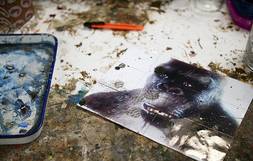
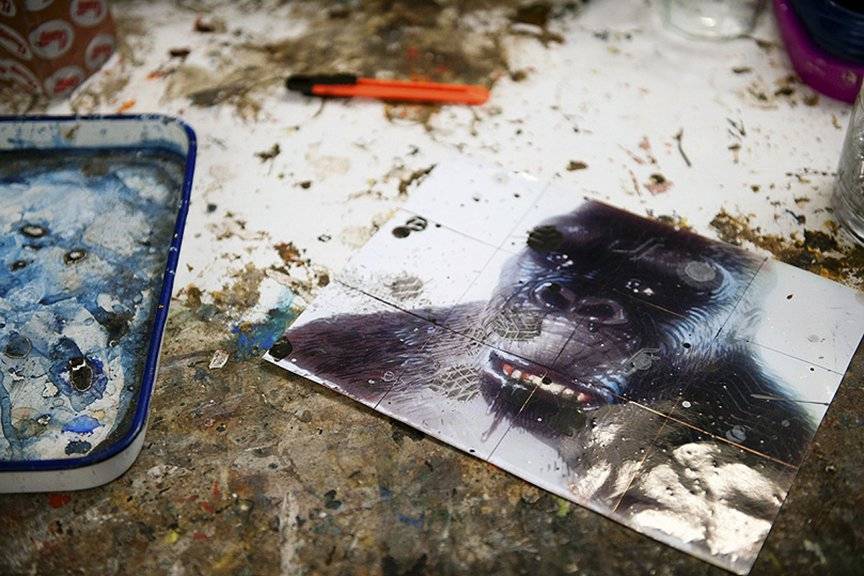
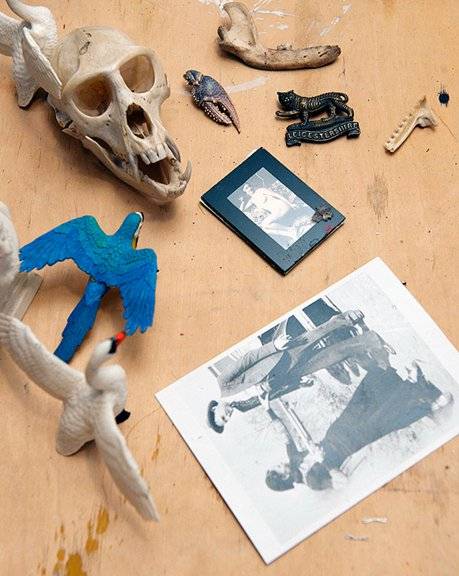
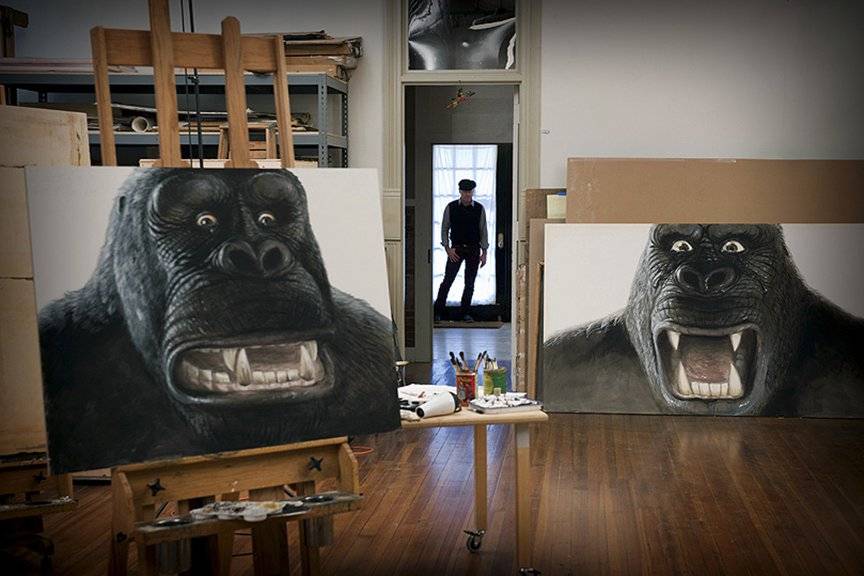
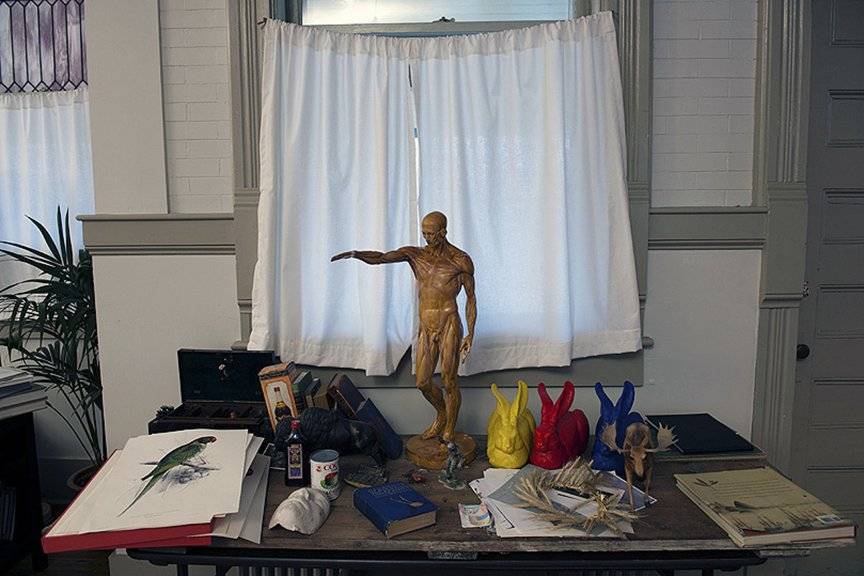
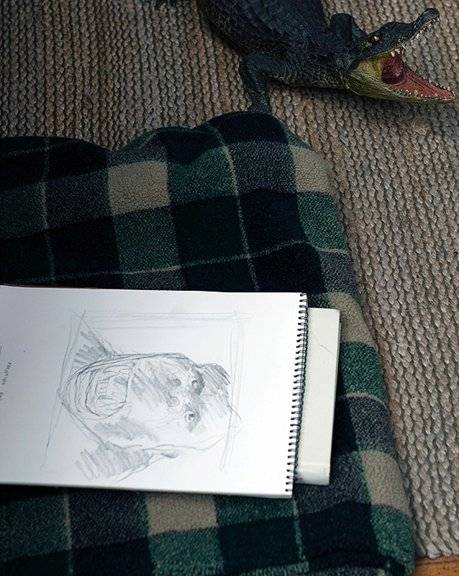




.jpg)
0 comments
Walton Ford: Unnatural History
Log in to comment.